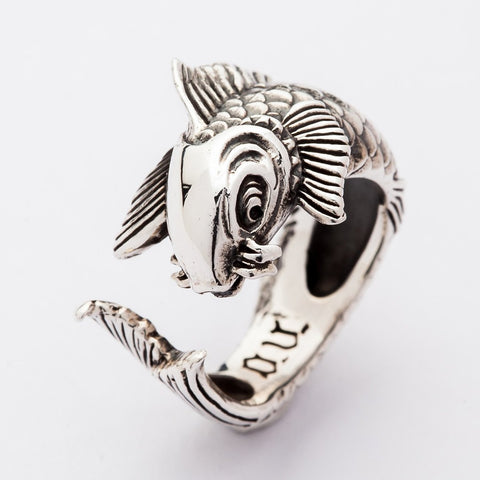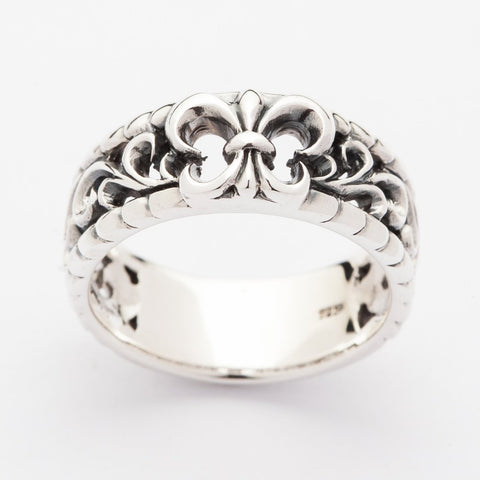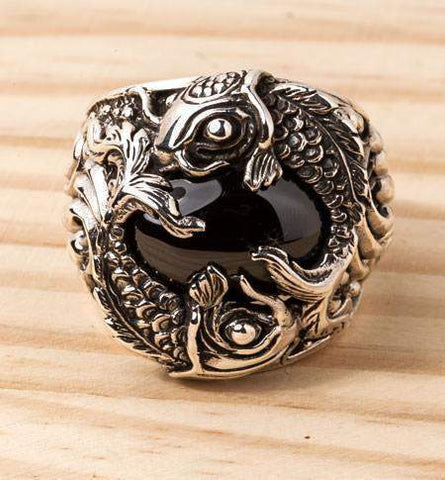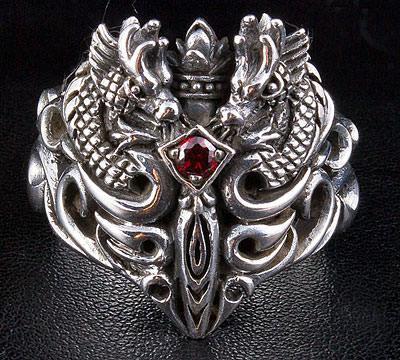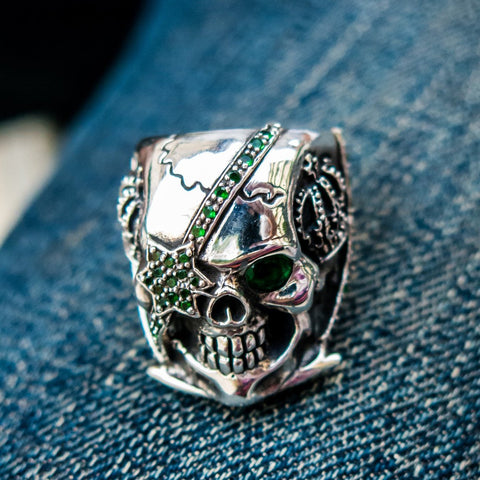Out of numerous types of jewelry, men's rings have the most interesting history. In different epochs these accessories had various meaning, they bore specific symbolism and performed a variety of functions. For several millennia, this jewelry has changed its appearance, material of manufacture, traditions of wearing, and significance. Let’s trace the history of men’s rings from the ancient times to these days.
Men's rings in the Ancient World
Archaeologists have established that accessories in the form of rings first appeared in the Paleolithic era. Mostly they were crafted from bones but there were also items made from horsehair, grasses, and dried algae. Those pieces were not jewelry in the modern sense, rather they had a function of amulets. Men believed that rings brought good luck in hunting, frightened off evil spirits, ensured victory in wars, and protected against diseases. The first rings made of metal date back to the Bronze Age.
By the beginning of the first millennium BC, rings started being made of gold. The Hebrew king Solomon who ruled, presumably, from 972 to 932 BC mentions these accessories in his works. He wrote these words: "Like a gold ring in a pig’s snout is a beautiful woman who shows no discretion."According to some legends, in this historical epoch rings acquired a symbolic meaning. One of the legends says that Solomon owned a ring with the following engraving "Everything passes and this too shall pass”. This accessory symbolized calmness and self-confidence. Its copies are in demand even today.
In ancient Greece, there was a legend about Prometheus. It says that the Titan was the first to wear a ring according to the order of the supreme god Zeus. The Greeks originated a tradition to wear engagement rings on the ring finger of the left hand. They believed that the left hand was a symbol of the heart while the right hand signified authority.
In ancient Rome, men's rings took a familiar to us look. With the help of these accessories, Romans demonstrated power and wealth. Therefore, only riders and senators had the right to wear golden rings with precious stones. A regular Roman citizen could wear only iron rings, but this rule was canceled in the 3rd century AD. Gold men's rings could be worn by all free Romans and freedmen were allowed to possess silver analogs.
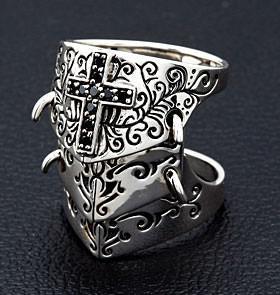
By the way, the first signet rings appeared in ancient Egypt and not in the Middle Ages as many mistakenly believe. With their help, the Egyptian priests denoted their service to the deity. In addition, the impression was an analog of a stamp. Later this tradition appeared in ancient Rome. Romans wore signets made of iron, bronze or gold.
The history of Men’s Ring from the Middle Ages to the Present Day
The power of the Pope was always confirmed by a ring made-to-order from gold and decorated with precious stones. If the Pope died his ring was destroyed, and a new one was crafted for the successor. Sometimes church made copies of such rings and gave them to parishioners during the divine services.
In the Middle Ages, men's rings acquired specific symbolism. On the other hand, women's ringlets still remained simply jewelry pieces. There were rings with the family coat of arms, which were passed from generation to generation and confirmed belonging to the nobility. Depending on the type of precious stones, rings could serve as an amulet.
During the same era, men's rings started performing certain functions. An archer could be identified by three steel rings on the index, middle and ring fingers. These elements protected the fingers from the cuts of a string. Massive rings of cast iron, steel or precious metals were used in fisticuffs. There were predecessors of modern brass knuckles.
The Middle Ages revealed a potential of a ring to be a serious weapon. Thanks to the development of jewelry craft, by the 16th century it became possible to manufacture rings with cavities to store poison. A ring owner pressed or shifted a precious stone and a poisonous substance could be added to a glass of wine, for example.
Such rings were especially popular among the members of the Borgia dynasty, including the infamous Duke Cesare Borgia. The medieval politician had rings equipped with thin poisoned needles. With the help of such a weapon, Borgia has eliminated many rivals with impunity.
Trespassing rings also occurred in the Middle Ages. Masons wore rings with the image of Adam's head, which were a pass to the meetings and a sign of belonging to the lodge. Similar items were worn by followers of the Teutonic and other orders, groups of dissidents, and artisans. A shoemaker, for example, wore a special thimble ring, which helped him in his work and was an identification sign for "colleagues." Specific rings were also common among members of criminal communities. Pirate decorated their digits with pirate skull rings and trophies taken from defeated enemies.
By the 18th century, men's rings acquired an exquisite look and symbolized, above all, luxury and wealth. European fashionistas could wear jewelry on top of gloves, not removing them even during hunting and battles.
In the XIX century, these accessories started taking on a common appearance. Gold, silver, and precious stones were widely used. Rings become more subtle, refined and classy.
During the XX century, rings have become an indispensable attribute of various subcultures. You can easily identify a biker, goth or rocker by accessories with characteristic images of crosses, dragons, animals or pirate skull rings. Rings are honored among professional athletes (especially if they received them for winning a competition), actors, and musicians.
Nowadays, rings can have any form, size, and design. The most popular materials remain gold and sterling silver. When picking up a ring, men are guided by personal style and taste rather than belonging to a group, society or culture. You can often see a man rocking a biker skull ring even if he has nothing to do with bikers. Such massive and appealing jewelry becomes a stylish accessory for any person who desires to stand out from the crowd.

